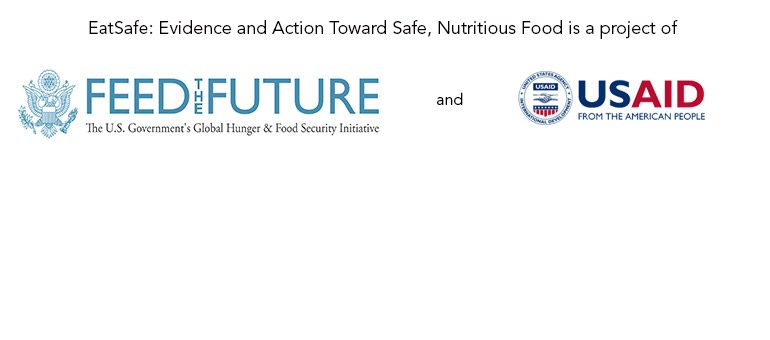In 2015, the global burden of foodborne disease was estimated at 600 million illnesses and 420,000 premature deaths per year, with the vast majority effecting consumers in low- and middle-income countries. Nearly forty percent of the disease burden falls on children under 5. Low- and middle-income countries in South Asia, Southeast Asia, and Sub-Saharan Africa represent approximately 75% of deaths (but only 41% of global population), according to the WHO's Foodborne Disease Burden Epidemiology Reference Group (FERG).
Many actors and factors are involved with reducing the burden of food safety illnesses, including governments, industry, and consumers. How should we measure progress? This Webinar will discuss the role of metrics, performance standards, and indicators in improving food safety for low- and middle-income countries.
Food safety indicators are important to help governments evaluate how their food safety systems are performing to protect consumers from unsafe food. Many national governments have expressed the need for food safety indicators as a tool to allocate financial and human resources. However, food safety indicators are not as developed or broadly adopted as other food system indicators, such as agricultural productivity metrics.
The food industry, besides adhering to national or international standards, also uses voluntary performance indicators to evaluate their food safety systems. For example, the Global Food Safety Initiative benchmarks different private certification programs that assess and certify if companies meet certain performance standards.
In addition, EatSafe has identified the need for indicators that help consumers assess and manage food safety. For example, door signs showing restaurant inspection results inform customers while providing an incentive to the establishment. In some countries, cell phone applications provide rating platforms that allow consumer to share reviews of local businesses. However, the effectiveness of consumer-facing indicators lacks evidence.
This webinar will explore:
- What are the key indicators that were used to develop the Global Burden of Food Borne Disease?
- What indicators are most useful for governments to manage their food safety programs? What countries use these indicators?
- What indicators are directly linked to health risk, and how are these health-based indicators connected to other indicators used to manage food safety?
- What are the best indicators to evaluate the effectiveness of local food safety controls, including in the informal sector and for consumers?

Videos

